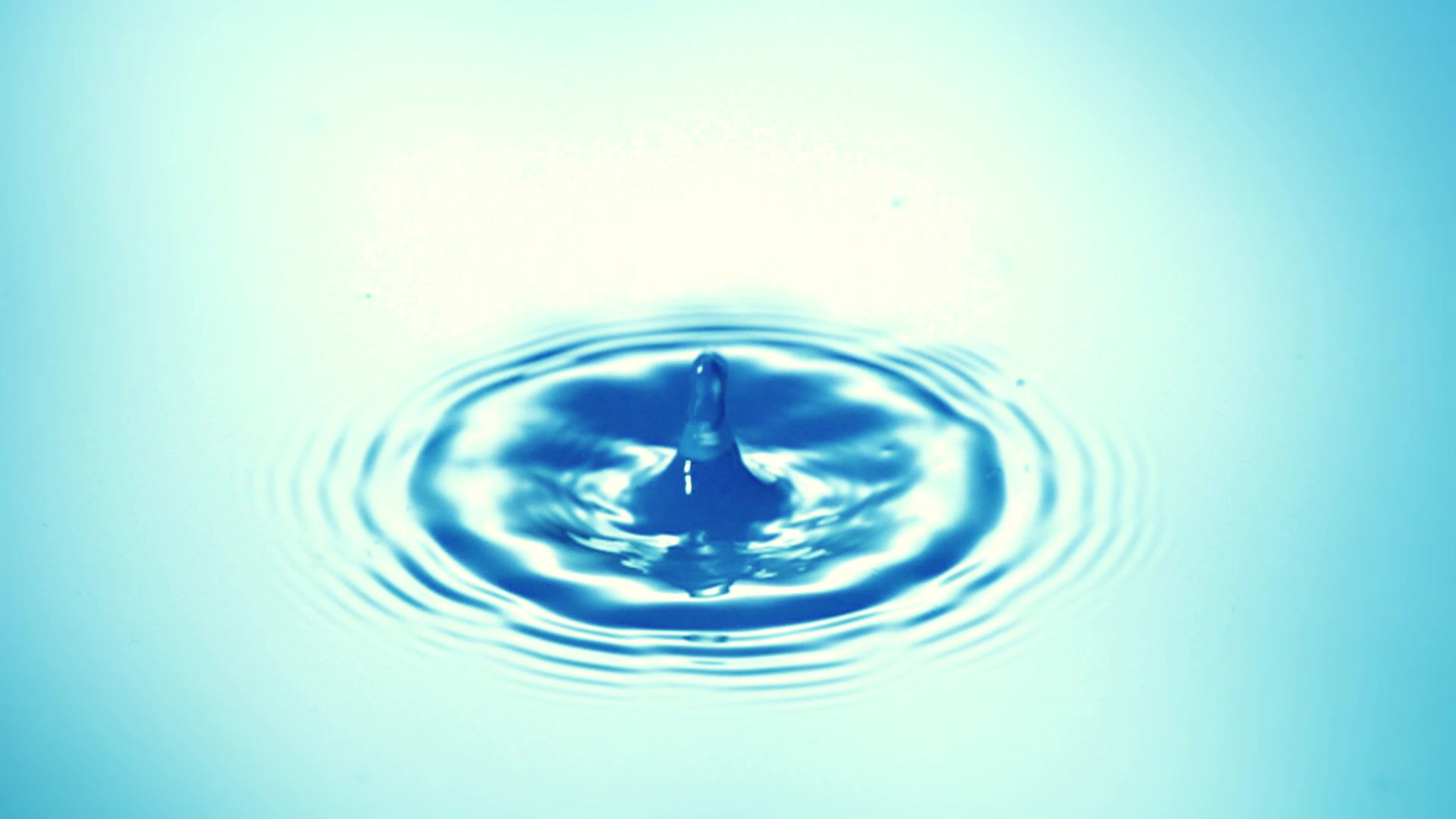
What is heat stroke?
Heat stroke is the most severe form of heat illness and is a life-threatening emergency. It is the result of long, extreme exposure to the sun. In this case, a person does not sweat enough to lower body temperature. The elderly, infants, persons who work outdoors, people with mental illness, obesity, poor circulation, and those on certain types of medicines or drinking alcohol are most susceptible to heat stroke. It is a condition that develops rapidly and needs immediate medical treatment.
What causes heat stroke?
Our bodies make a tremendous amount of internal heat and we normally cool ourselves by sweating and radiating heat through the skin. However, in certain circumstances, such as extreme heat, high humidity, or vigorous activity in the hot sun, this cooling system may begin to fail. This allows heat to build up to dangerous levels.
If a person becomes dehydrated and cannot sweat enough to cool his or her body, his or her internal temperature may rise to dangerously high levels. This causes heat stroke.
What are the symptoms of heat stroke?
The following are the most common symptoms of heat stroke. However, each individual may experience symptoms differently. Symptoms may include:
Headache
Dizziness
Disorientation, agitation, or confusion
Sluggishness or fatigue
Seizure
Hot, dry skin that is flushed but not sweaty
A high body temperature
Loss of consciousness
Rapid heartbeat
Hallucinations
The symptoms of a heat stroke may resemble other medical conditions or problems. Always talk with your healthcare provider for a diagnosis.
Treatment for heat stroke
It is important for the person to be treated immediately as heat stroke can cause permanent damage or death. There are some immediate first-aid measures you can take while waiting for help to arrive, including the following:
Get the person to a shaded area.
Remove clothing and gently apply cool water to the skin followed by fanning to stimulate sweating.
Apply ice packs to the groin and armpits.
Have the person lie down in a cool area with their feet slightly elevated.
Cool the person rapidly however you can.
Intravenous (IV) fluids are often necessary to compensate for fluid or electrolyte loss. Bed rest is generally advised and body temperature may fluctuate abnormally for weeks after heat stroke.
How can heat stroke be prevented?
There are precautions that can help protect you against the adverse effects of heat stroke. These include the following:
Drink plenty of fluids during outdoor activities, especially on hot days. Water and sports drinks are the drinks of choice. Avoid caffeinated tea, coffee, soda, and alcohol, as these can lead to dehydration.
Wear lightweight, tightly woven, loose-fitting clothing in light colors.
Schedule vigorous activity and sports for cooler times of the day.
Protect yourself from the sun by wearing a hat, sunglasses and using an umbrella.
Increase time spent outdoors gradually to get your body used to the heat.
During outdoor activities, take drink breaks often and mist yourself with a spray bottle to avoid becoming overheated.
Try to spend as much time indoors as possible on very hot and humid days.
Never leave children or pets in closed cars on warm or sunny days.
If you live in a hot climate and have a chronic condition, talk to your healthcare provider about extra precautions you can take to protect yourself against heat stroke.
Call us at (313)-241-4020 to schedule an appointment with one of our Registered Nurses.
Serving Indianapolis and surrounding areas.
www.indianamobileiv.com
*These statements have not been evaluated by the FDA. Vitamin supplementation is for wellness only, and not intended to cure or treat disease.
